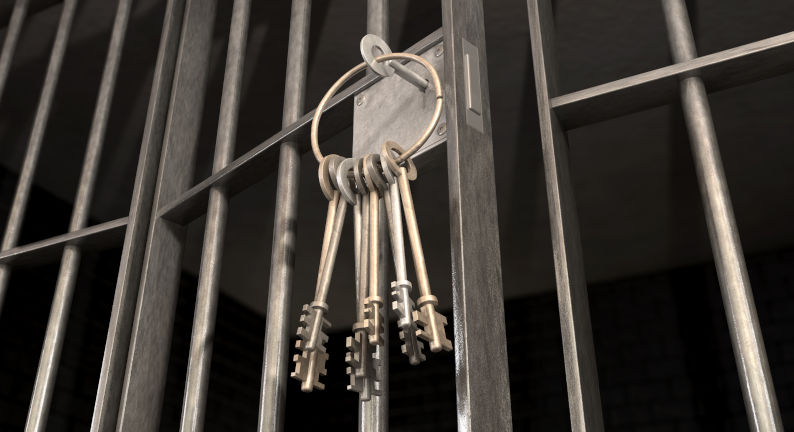Incarceration conundrum
May 16, 2023
The crime rate is dropping due to advanced technology, but our rate of incarceration is rising, especially for First Nations prisoners, who are gaoled at thirty times the rest of us. Even the US only gaols non whites at eight times. As Sumner Miller asked, Why is it so? It is largely the practice of the courts and the prosecuting authorities.
Firstly, about a third of the gaol population is on remand, bail refused. Think about 5,000 in NSW. Of those about 10% wont be convicted! Pretrial punishment for the innocent. The two traditional exemptions from the presumption for bail are risk of flight (not appearing at court when next required) or the likelihood of committing a serious offence. As regards failing to appear, First Nations accusedare often refused because of uncertainty of residence, or failure to understand court documents. Both of these difficulties could be obviated by the institution of First Nations operated bail hostels which help with attendance at court (and a lot cheaper than the cost of being in gaol, estimated at $200,000 per year per inmate). The level of comprehension is often overlooked, despite evidence that 10% of the population is functionally illiterate, and even more for the poorly resourced First Nations. Again, bail hostels, not only for First Nations, are a hugely cheaper solution.
However, what happens in court is what matters. The sad fact is that the (mostly Local) Courts seem to see it as their duty to punish by incarceration, despite the strong injunction in the Sentencing Acts (in NSW Section 5, or its successor) requiring judicial officers to consider every other possible alternative to incarceration. One such alternative, Intensive Correction Orders, are much more burdensome for the convicted person with daily supervision (often) and requirements to do community service and have counselling, which, as well, are more likely to reform than the hideously expensive universities of crime, which our gaols are, that we are ashamed to have inspected by the UN.
A change in attitude could come from the Chief Magistrate (the previous one used to penalise those soft on penalty), the superior courts on appeal, or, more importantly, the Attorney General instructing the judiciary to do the right thing.
Implementation of such a policy, apart from it being more just, would save the state billions. Each gaol is estimated to cost $300m a year - 3 gaols closed saves a billion. That is the maths.
Jim Coombs is a statutorily retired (he did not go willingly) magistrate and economist.
